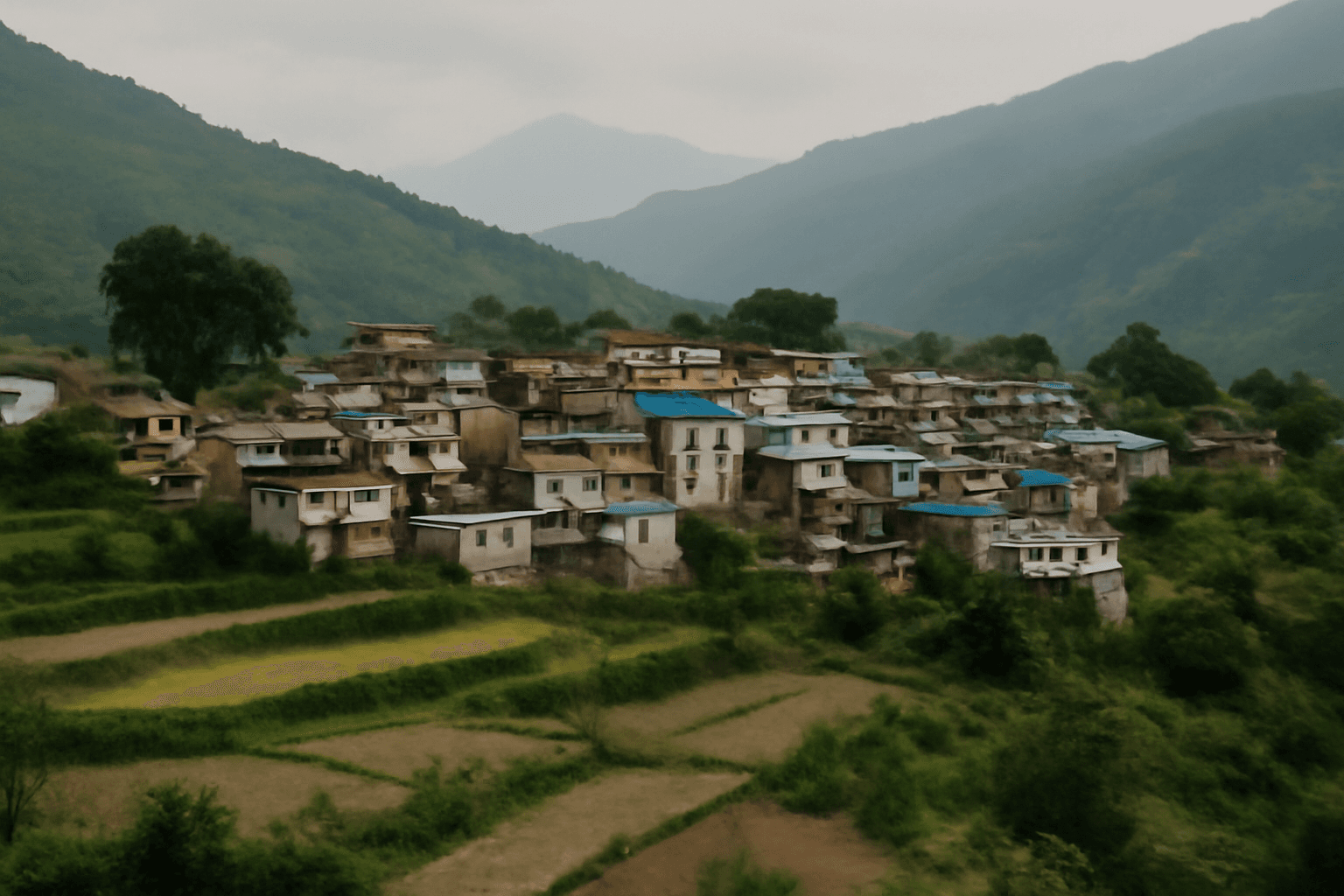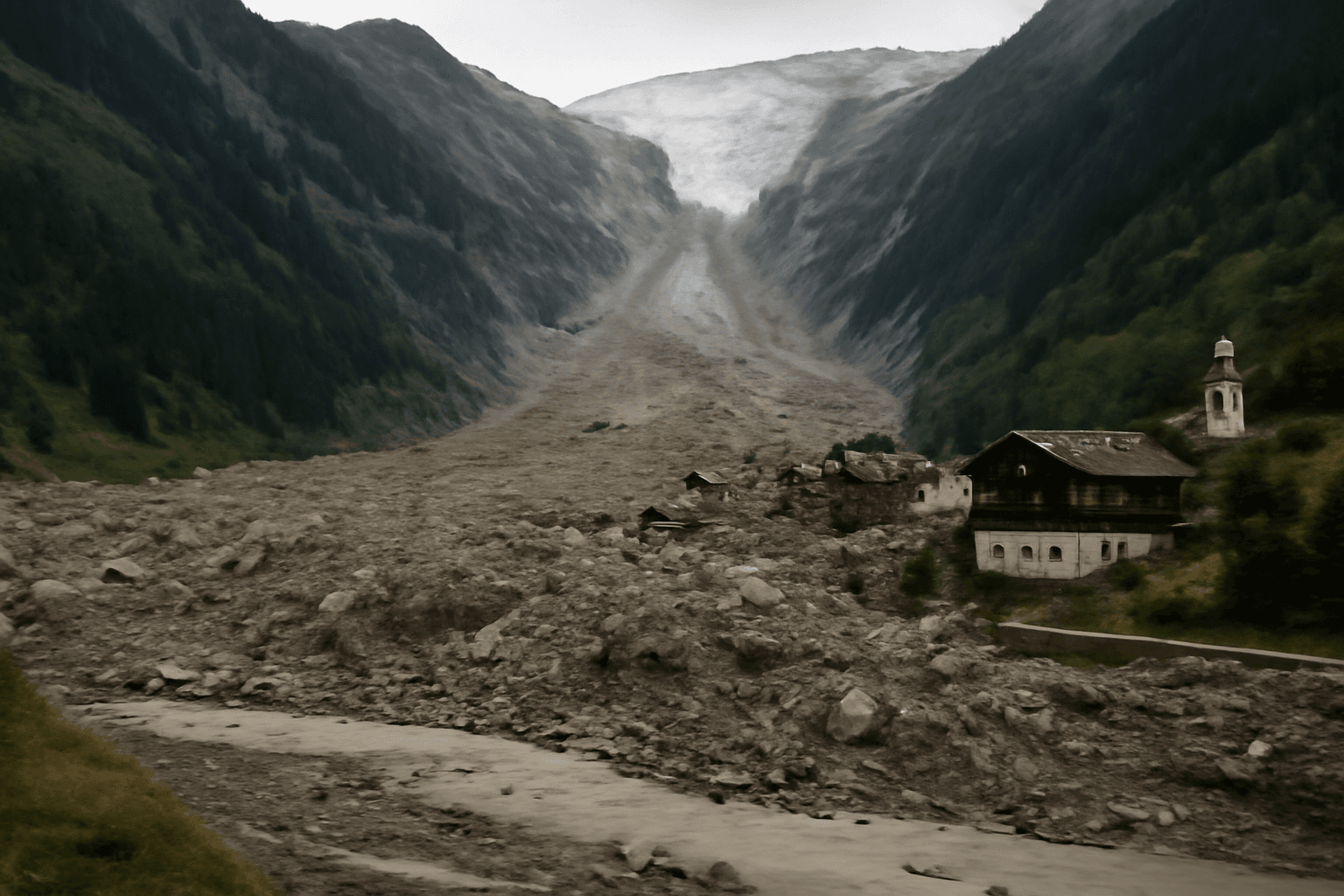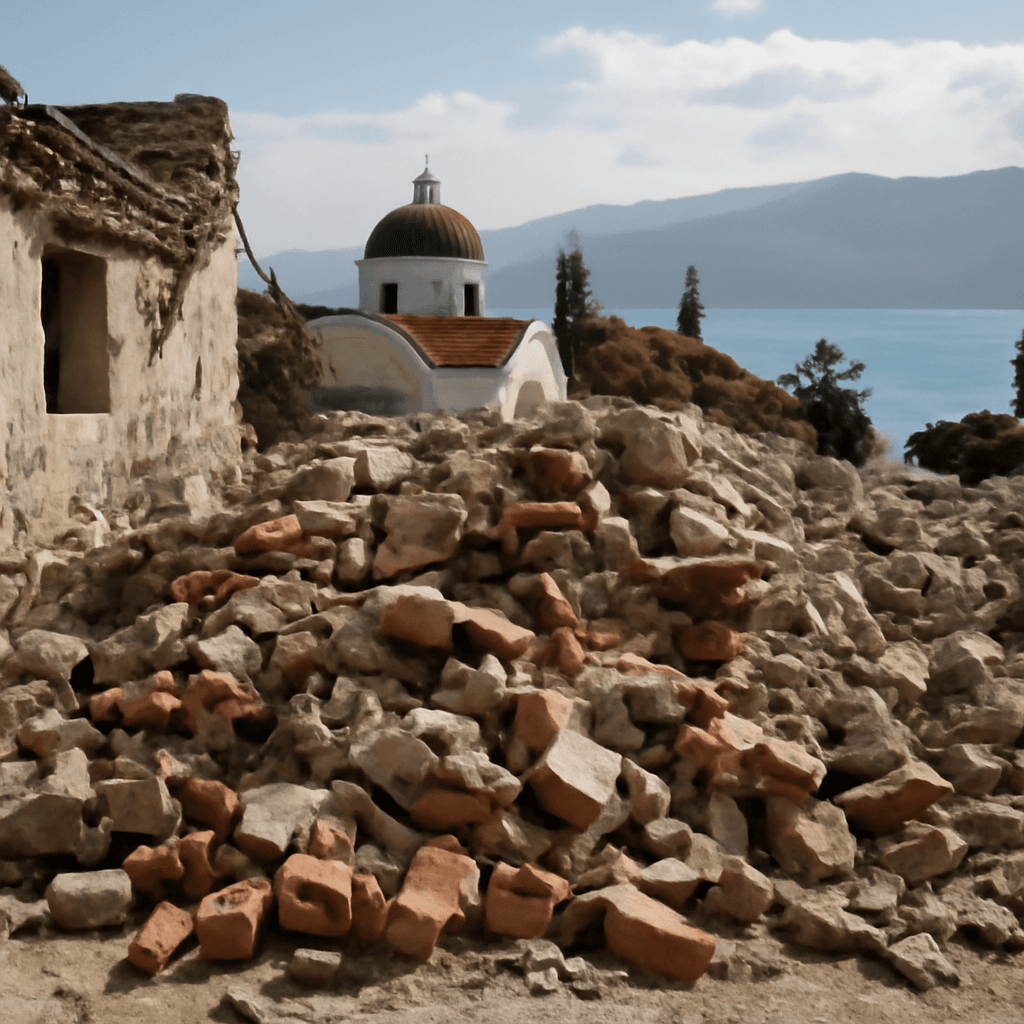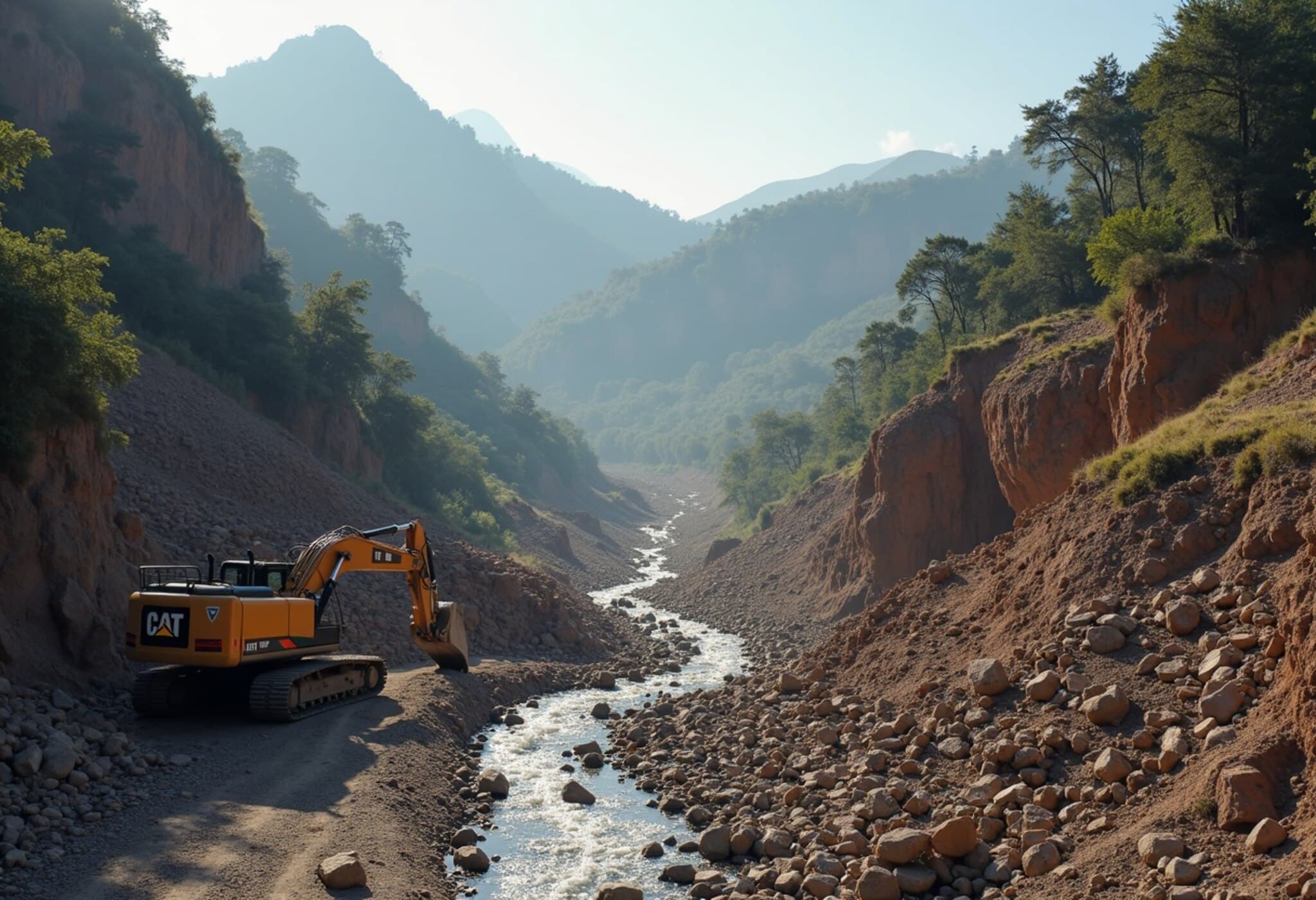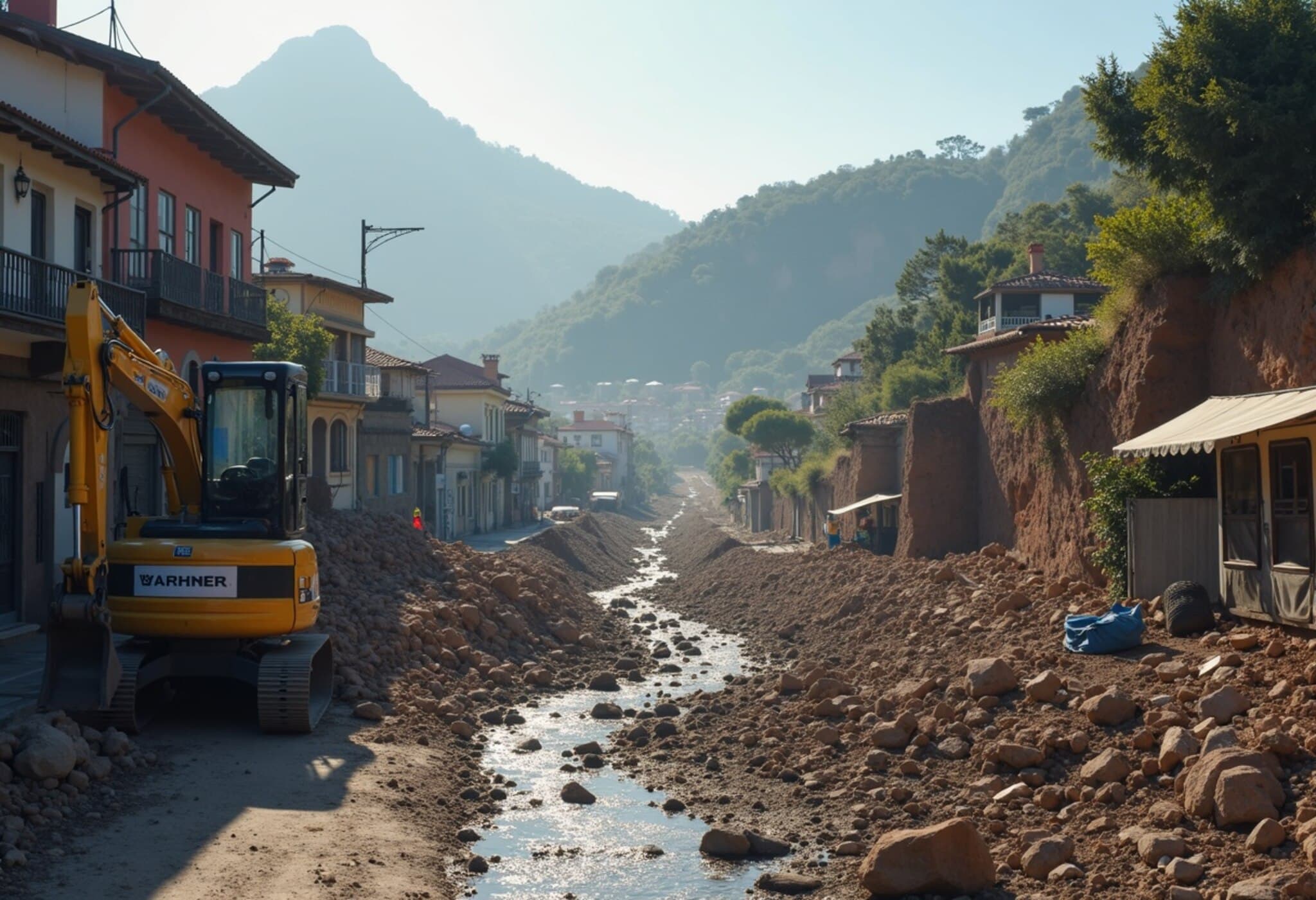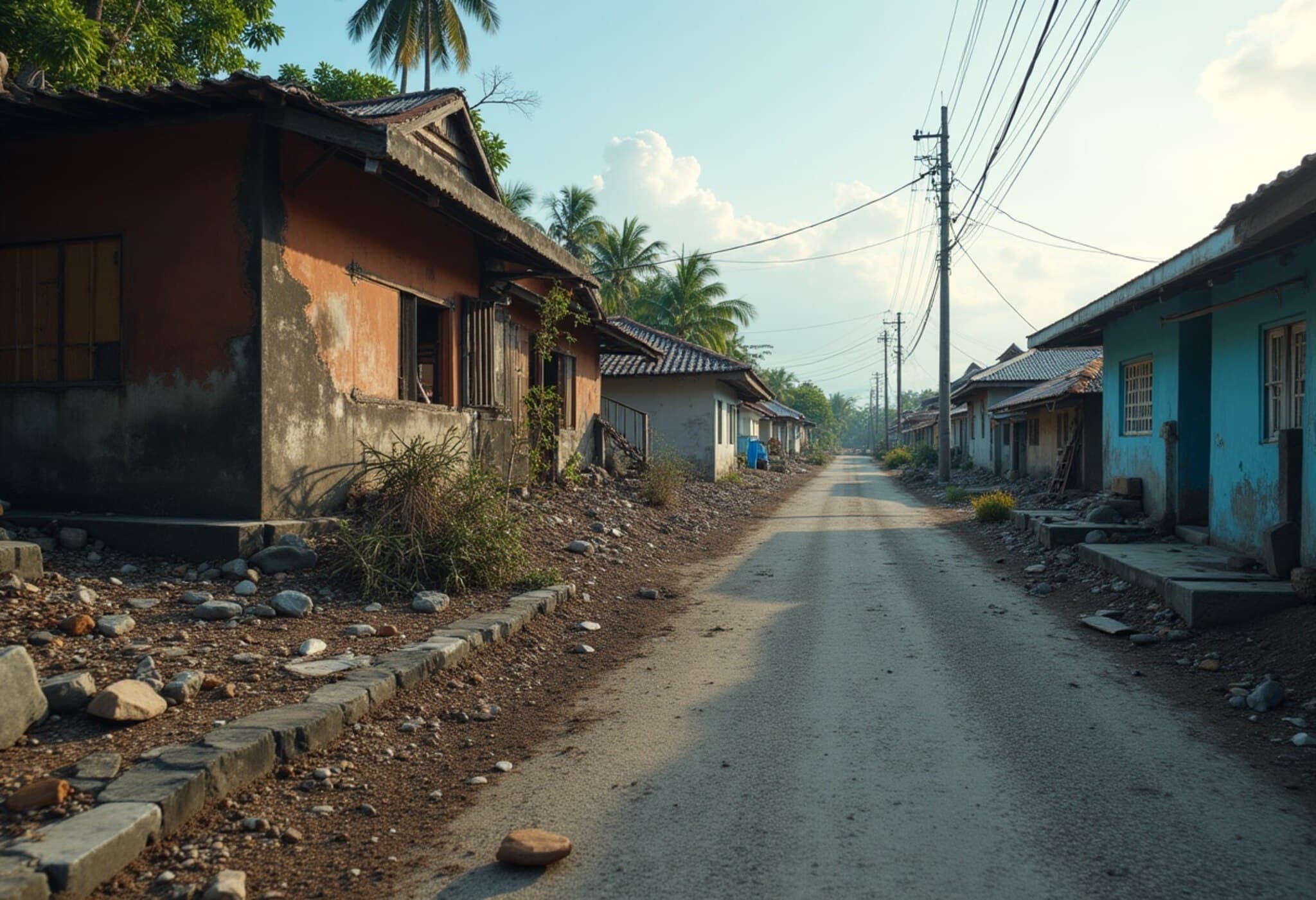Alaska Peninsula Hit by Another Powerful 6.2 Magnitude Earthquake
In a troubling sequence of seismic activity, Alaska's Peninsula was struck again by a 6.2 magnitude earthquake late Monday, marking the region's second significant quake within just seven days. The National Center for Seismology (NCS) confirmed the event occurred at a depth of 48 kilometers, raising concerns about possible aftershocks that could follow this fresh tremor.
Recap of Recent Earthquake Activity
Just four days earlier, on July 17, a far stronger 7.3 magnitude earthquake rattled the same area. That quake originated at a depth of 36 kilometers, and in the immediate aftermath, geologists warned of the heightened likelihood of additional aftershocks. The US Tsunami Warning System responded promptly by issuing warnings for coastal Alaska, although those alerts were ultimately downgraded to advisories after thorough assessment.
Understanding the Implications of Repeated Seismic Events
Alaska sits atop one of the most geologically active zones in the United States due to the dynamic movements of the Pacific and North American tectonic plates. The frequency and magnitude of these quakes highlight the ongoing tectonic pressures under the region. Experts caution residents and authorities to stay vigilant, especially since earthquakes at this depth and power can trigger aftershocks capable of causing structural damage and disrupting local communities.
Potential Aftershocks and Preparedness
Shallow to moderately deep earthquakes like these often herald a series of aftershocks which might be lower in magnitude but still significant enough to impact safety and infrastructure. Emergency agencies continue to monitor the situation closely, urging residents to follow earthquake preparedness protocols such as:
- Securing heavy furniture and appliances
- Having emergency kits ready with food, water, and medical supplies
- Staying informed through official channels for updates
- Practicing "Drop, Cover, and Hold On" during tremors
Expert Commentary: Seismic Trends and Climate Considerations
Dr. Lisa Ramirez, a seismologist at the University of Alaska Fairbanks, shared insights on the seismic uptick: "While Alaska regularly experiences earthquakes, the clustering of larger quakes within a short period could reflect complex stress adjustments beneath the crust. Additionally, as climate change impacts glacier melt and sea levels shifts, some studies suggest this might influence tectonic stress fields, though more research is needed."
Summary Box: Key Facts and What to Watch
- Date & Time: July 21, 2025 at 03:58 IST (local time)
- Magnitude: 6.2
- Location: Alaska Peninsula
- Depth: 48 kilometers
- Recent Activity: 7.3 magnitude quake on July 17 at 36 km depth
- Tsunami Alerts: Initial warnings downgraded to advisories
What’s Next for Alaskan Communities?
Residents and officials face a critical test of preparedness in the wake of repeated strong earthquakes. While Alaska’s robust emergency infrastructures are well-used to seismic events, the recurrence of such large quakes compels renewed attention to infrastructure resilience, early warning technologies, and public education on earthquake safety. The coming days and weeks will be pivotal in determining the full impact of these seismic episodes.
Stay tuned for real-time updates and expert analyses as the situation develops.
Editor's Note
The recent back-to-back major earthquakes in Alaska spotlight the persistent risks posed by the Pacific Ring of Fire. Beyond the immediate tremors, these events challenge communities to rethink disaster readiness amid evolving environmental and geological conditions. As seismic science advances, integrating climate change factors and stress modeling into forecasting could better equip us to anticipate and mitigate similar natural hazards nationwide.


